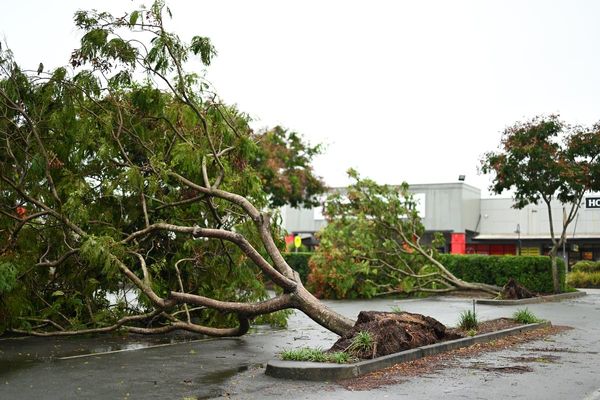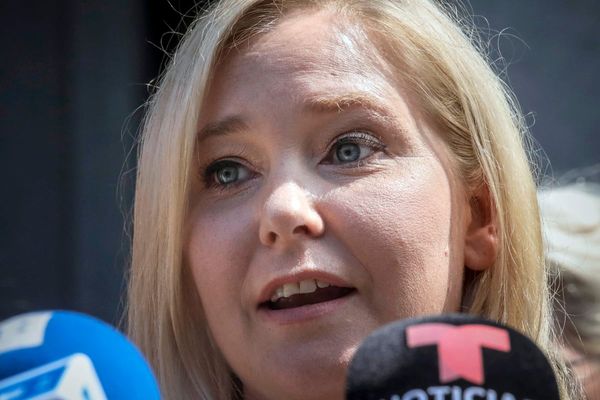
For families across the United Kingdom, a significant update to the Child Benefit policy is on the horizon. After much anticipation, the government is set to implement changes that could impact how millions of parents receive crucial financial support for raising their children.
UK ministers are weighing up different approaches, including a potential exemption for families with under-five-year-olds from the two-child benefit cap, as they aim to lower child poverty without fully removing the rule.
Key Changes Considered For The Two-Child Benefit Limit
Reports say that Officials are exploring options to ease the effects of the two-child limit on Universal Credit and Child Tax Credit, a rule implemented by the Conservatives in 2017 while avoiding the £3.6 billion cost of its complete removal.
Possible changes involve applying the restriction solely to those whose children are five years old and above, creating exemptions for parents of disabled children, exempting employed parents, and boosting child benefit payments for parents with younger children.
“Labour”punches down on:
— Peter Tatchell (@PeterTatchell) March 24, 2025
1. Pensioners (winter fuel payment cut)
2. Children (keeping Tories’ two-child benefit cap)
3. Students (Increased fees & loan interest at 8%
4. Poor, sick, hungry (foreign aid cut)
5. Disabled (benefit cuts)
Labour policies worse than Tories! pic.twitter.com/yT09RtJd9b
Another suggestion to alter the limit to three children has been mentioned, but according to a report by The Guardian, it's not considered a serious option at this time. Government officials hope these proposals will address claims that Labour isn't adequately combating child poverty.
How Child Benefit Changes Affect Families
However, releasing these plans this spring could create tension between the government and its own party members, many of whom advocate for completely removing the limit. 'Officials are keen to mitigate the impact of the cap, if not lift it entirely,' one person briefed on the discussions said.
'They have been discussing a range of options to do so, but at the moment, helping parents of under-fives seems to be one of the most likely,' the person added. 'Everything is on the table. The important thing is to have child poverty falling by the end of the parliament,' another said.
The Department for Work and Pensions communicated through a spokesperson, saying, 'We do not comment on speculation. Our ministerial task force is exploring all available levers across government to give every child the best start in life.'
As government officials finalise their plans, they frequently consult with research groups and specialists in child poverty. They have also requested several organisations to develop projections on the number of children who could be lifted out of poverty under different potential changes.
Who Could Be Affected by the Child Benefit Changes?
The Fabian Society's analysis has strengthened the case for removing the limit for parents of very young children. Their research reveals that 1.2 million children aged four or younger live in families with an income less than 60% of the average after housing costs are factored in.
Slightly less than half of this group are considered to be in 'deep poverty,' meaning their income is below 40% of the median, not counting housing costs. These statistics result from a fresh examination of the government's Family Resources Survey.
'As the government prepares its child poverty strategy, they must focus relentlessly on lifting babies and toddlers out of poverty – and ensuring they have the support needed to thrive,' Ben Cooper, a research manager at the Fabian Society, said.
Over a third of very young children in England and Wales live in poverty. More than a million babies and toddlers risk having their life chances, health and wellbeing harmed as a result. Cooper explained that 'the government must show voters they can deliver change and turn the tide on child poverty in the early years.
Officials have also discussed the possibility of boosting Universal Credit payments for those with infants and young children, potentially exempting parents of children under five and increasing the limit to three children.
A Child Benefit Lock: Ensuring Future Financial Support
Another idea under consideration is a 'child benefit lock' to guarantee it increases annually with either earnings or inflation. However, the Treasury will need to approve any of these potential changes, as it is currently working to identify billions of pounds in spending reductions from the Department for Work and Pensions (DWP) and other government bodies to remain within its financial regulations later in the year.
A different analysis released on Wednesday by the Resolution Foundation indicates that proceeding with current plans to decrease welfare spending by £3 billion would likely increase overall child poverty from 31% to 33% by the year 2030.
What it will take to reduce child poverty in the UK?
— Resolution Foundation (@resfoundation) March 25, 2025
The most effective step would be to scrap the benefit cap and the two-child limit.@Alex__Clegg explains ⤵️ pic.twitter.com/fiA0FiCFgq
This rise would elevate the number of children living below the poverty line to a record high of 4.6 million. The study group also pointed out that removing the child benefit restriction and the general welfare restriction would lift 500,000 children above the poverty line. Still, this action would cost £4.5 billion.
'A government that is serious about reducing child poverty will need to undo some of the policies announced by previous governments, such as scrapping the two-child limit,' Adam Corlett, a principal economist at the Resolution Foundation, said.







